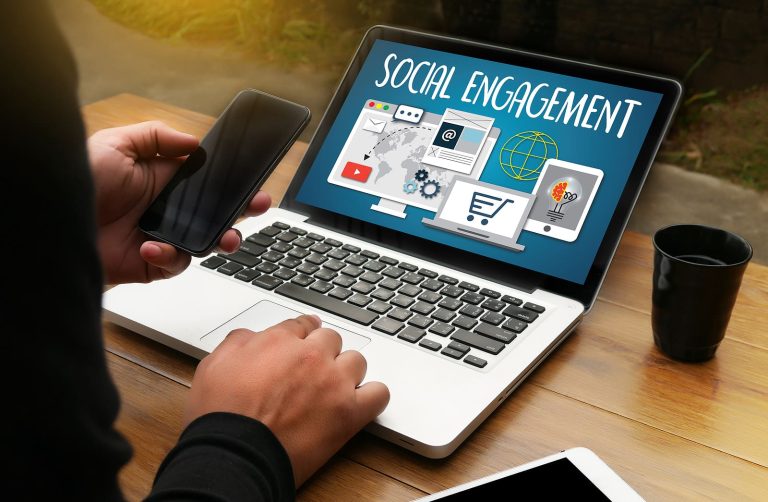Inbox Influence: How Local Businesses Can Harness the Power of Email Marketing
When most local business owners think about marketing, they picture social media posts, Google rankings, maybe the occasional paid ad. But the real magic — the kind that quietly builds loyalty, drives repeat business, and creates real relationships — often happens in a place most overlook:
The inbox.
Email marketing isn’t new. But in 2025, it remains one of the most cost-effective and powerful tools a local business can use. That’s not hype — that’s data. According to recent studies, email marketing consistently delivers one of the highest returns on investment of any channel, with some local businesses seeing $36 for every $1 spent.
Yet most local businesses barely tap into its potential. They send a holiday promotion here, a coupon there, and maybe a newsletter when they remember. There’s no strategy — just scattered effort.
The good news? You don’t need to be a tech wizard or full-time marketer to make email work for you. You just need a few simple systems, a bit of consistency, and a focus on providing real value.
Start with Strategy, Not Just a List
List building is important, but the bigger question is: Why should someone give you their email address in the first place?
Too many businesses treat email collection as a checkbox — something to toss into a checkout form or add to a clipboard at the counter. But if you want your list to grow and your open rates to stay healthy, it starts with a reason to join.
Offer something specific and relevant to your audience. A discount is fine, but exclusivity and access often work better. Think “Be the first to hear about limited-time offers” or “Get monthly tips and invites only available to subscribers.” The more local and personal it feels, the more effective it will be.
Your signup form should be visible in multiple places — your website, your booking system, social media, even on printed receipts or signage. You’re not just collecting names; you’re opening the door to an ongoing conversation.
It’s Not About Selling — It’s About Staying Top of Mind

One of the biggest misconceptions about email marketing is that it’s just about pushing sales. But if every email you send is a promotion, your audience will start tuning out — or worse, unsubscribing.
The real power of email lies in what happens between transactions.
Imagine this: A client walks into your auto shop and gets an oil change. You probably won’t see them again for a few months. But during that time, you could be checking in with helpful maintenance tips, quick seasonal reminders, or a funny behind-the-scenes look at your team. That way, when they do need service again — you’re top of mind. Not because you spammed them with offers, but because you stayed connected in a meaningful way.
Email is relationship marketing at its best. It keeps your business present without being pushy.
What Should You Write About? Let Curiosity Lead
The hardest part of email marketing isn’t building the list. It’s figuring out what to say. Many business owners freeze up the minute it’s time to write a subject line.
Here’s the secret: You don’t need to be a professional copywriter. You just need to write like a real person — one who’s trying to be helpful, interesting, and occasionally entertaining.
Start by answering the questions you hear from your customers every day.
What do people misunderstand about your industry? What mistakes do they make? What do they ask when they’re nervous, confused, or skeptical?
Those questions are content gold.
– An orthodontist could write, “Is It Too Late for Adults to Fix Crooked Teeth? (Spoiler: Nope.)””
– A salon owner might send, “The One Thing You Should Never Do After Coloring Your Hair.”
– A CPA could share, “What to Keep (and What to Toss) After Tax Season.”
Emails that spark curiosity get opened. Emails that solve problems get read. Emails that combine both? Those are the ones that turn casual readers into loyal customers.
Consistency Beats Frequency
You don’t need to send emails every week. In fact, for many local businesses, once or twice a month is plenty. The key is showing up consistently — and making sure every email has a clear purpose.
Start with a simple calendar. One email could be educational. The next could highlight a client success story. Then maybe a seasonal offer. Rotate between content types so your readers don’t feel like they’re always being sold to.
If you’re worried you won’t have enough to say, keep a running note on your phone or desktop with ideas. Think of it like jotting down conversation starters — not marketing campaigns.
Subject Lines Are Headlines, Not Labels
Many business owners put hours into writing their emails and 10 seconds into their subject lines. That’s backwards.
Your subject line is your headline. It’s what gets people to click. And in a crowded inbox, vague or boring won’t cut it.
Instead of:
- “Spring Newsletter”
Try: - “The Spring Cleaning Tip Most People Forget”
Instead of:
- “June Specials”
Try: - “This Local Deal Ends Friday (and It’s Worth It)”
Speak directly. Tap into curiosity. Use real language — not corporate fluff. If it sounds like something you’d say to a friend, you’re on the right track.
Keeping Engagement High (Without Trying Too Hard)
The goal isn’t just to get people on your list. It’s to keep them engaged once they’re there.
That means:
- Making your emails easy to read (one idea per email is enough)
- Using visuals when helpful (a quick photo, a before-and-after, a behind-the-scenes moment)
- Ending with a clear next step — whether it’s booking a service, reading a blog, or simply hitting reply
Also, don’t be afraid to include a little personality. If you’re funny, be funny. If you’re warm and chatty, write like that. The more “you” your emails sound, the more your readers will respond.
Local Business, Personal Touch
Unlike big brands, you don’t need to compete on volume. Your advantage is familiarity.
People in your community already trust you — you just need to remind them, regularly, why they do. Email marketing lets you do that quietly, consistently, and affordably.
It’s not about slick designs or complex automation (though those things can help later). It’s about showing up in someone’s inbox with something useful, relevant, or personal. It’s about turning one-time customers into regulars — and regulars into fans.
Final Thought: Start Simple, Stay Consistent
If you’ve been avoiding email marketing because it feels too complicated or time-consuming, now’s the time to rethink it.
You don’t need a massive list. You don’t need daily newsletters. You don’t need to go viral.
You just need to send one good email — then another — and keep going.
The businesses that win in 2025 won’t be the loudest. They’ll be the ones building real relationships. And most of those relationships?
They start in the inbox.







